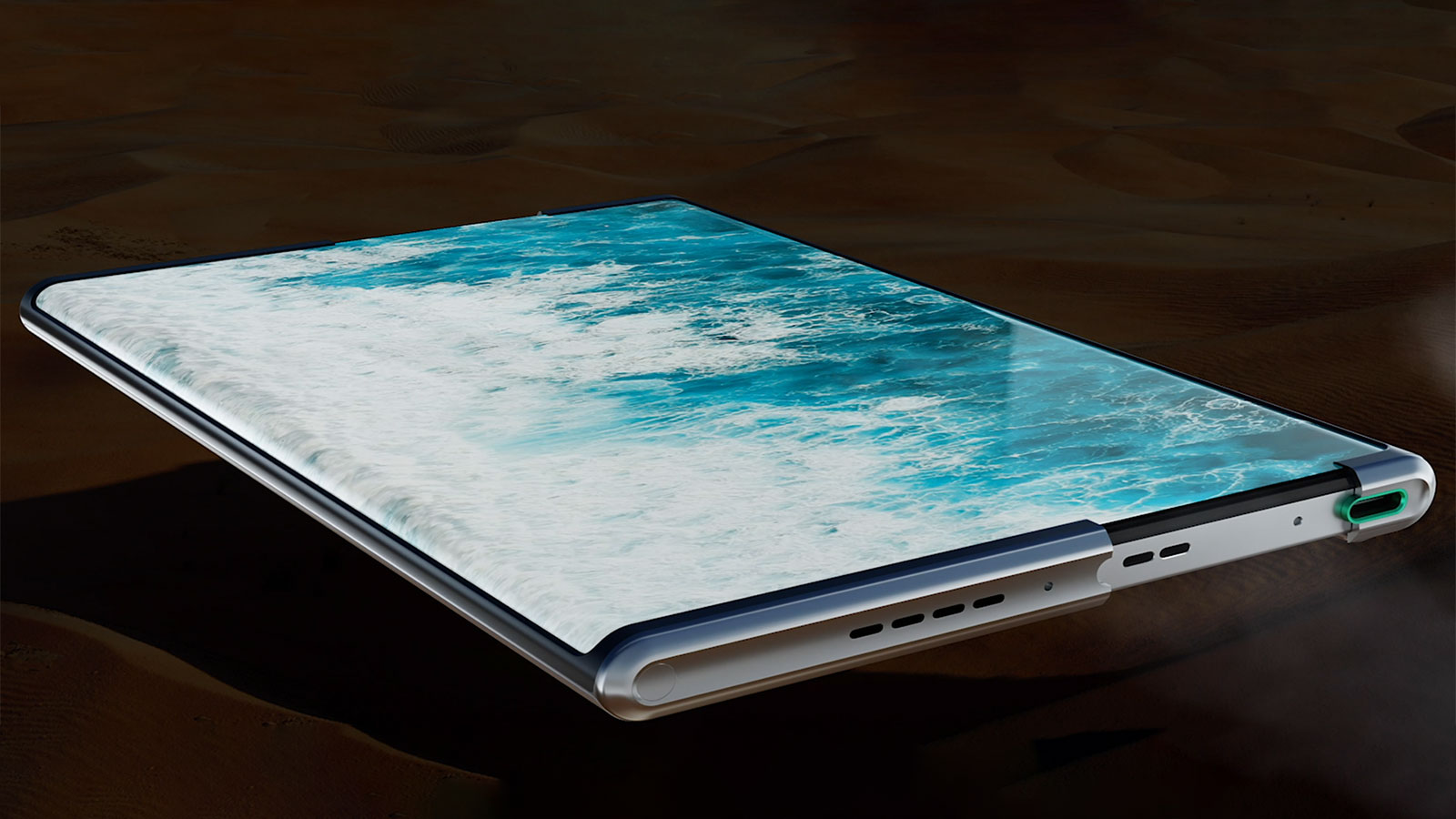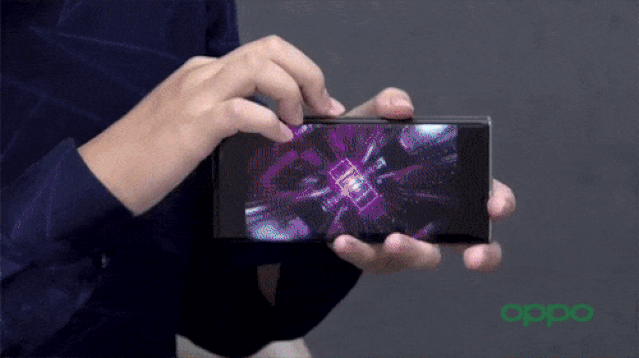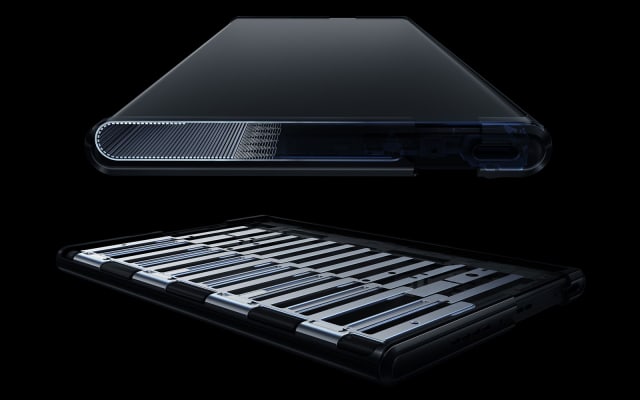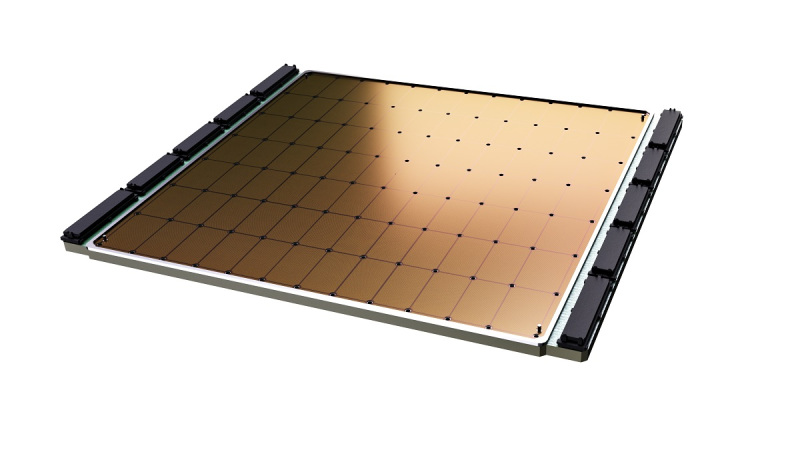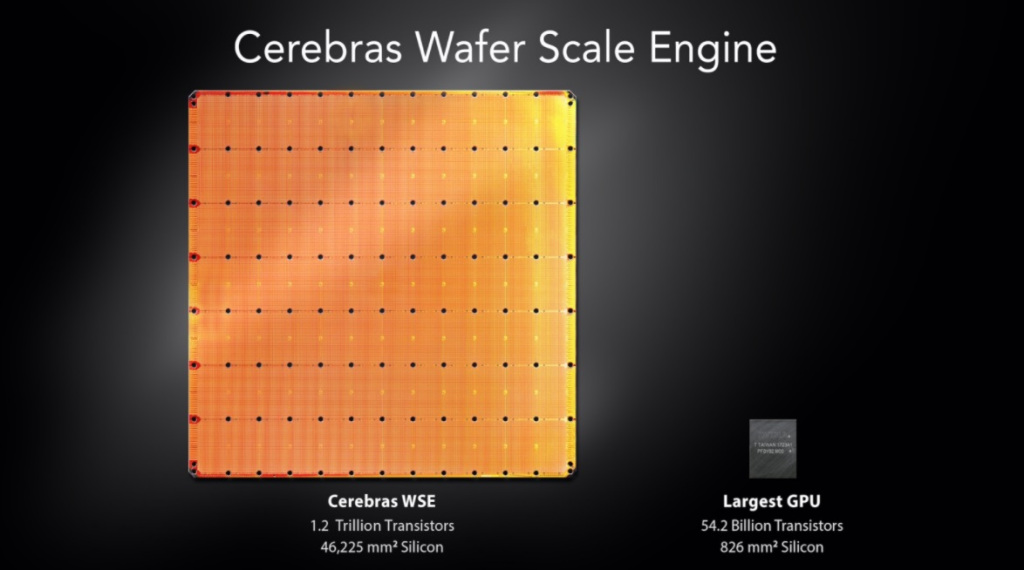Look up at the night sky and, if you’re away from city lights, you’ll see stars. The space between those bright points of light is, of course, filled with inky blackness.
Some astronomers have wondered about that all that dark space–about how dark it really is.
“Is space truly black?” says Tod Lauer, an astronomer with the National Optical Astronomy Observatory in Arizona. He says if you could look at the night sky without stars, galaxies, and everything else known to give off visible light, “does the universe itself put out a glow?”
It’s a tough question that astronomers have tried to answer for decades. Now, Lauer and other researchers with NASA’s New Horizons space mission say they’ve finally been able to do it, using a spacecraft that’s travelling far beyond the dwarf planet Pluto. The group has posted their work online, and it will soon appear in the Astrophysical Journal.
New Horizons was originally designed to explore Pluto, but after whizzing past the dwarf planet in 2015, the intrepid spacecraft just kept going. It’s now more than four billion miles from home—nearly 50 times farther away from the Sun than the Earth is.
That’s important because it means the spacecraft is far from major sources of light contamination that make it impossible to detect any tiny light signal from the universe itself. Around Earth and the inner solar system, for example, space is filled with dust particles that get lit up by the Sun, creating a diffuse glow over the entire sky. But that dust isn’t a problem out where New Horizons is. Plus, out there, the sunlight is much weaker.
To try to detect the faint glow of the universe, researchers went through images taken by the spacecraft’s simple telescope and camera and looked for ones that were incredibly boring.
“The images were all of what you just simply call blank sky. There’s a sprinkling of faint stars, there’s a sprinkling of faint galaxies, but it looks random,” says Lauer. “What you want is a place that doesn’t have many bright stars in the images or bright stars even outside the field that can scatter light back into the camera.”
Then they processed these images to remove all known sources of visible light. Once they’d subtracted out the light from stars, plus scattered light from the Milky Way and any stray light that might be a result of camera quirks, they were left with light coming in from beyond our own galaxy.
They then went a step further still, subtracting out light that they could attribute to all the galaxies thought to be out there. And it turns out, once that was done, there was still plenty of unexplained light.
In fact, the amount of light coming from mysterious sources was about equal to all the light coming in from the known galaxies, says Marc Postman, an astronomer with the Space Telescope Science Institute in Baltimore, Maryland. So maybe there are unrecognized galaxies out there, he says, “or some other source of light that we don’t yet know what it is.”
The new findings are sure to get astronomers talking.
“They’re saying that there’s as much light outside of galaxies as there is inside of galaxies, which is a pretty tough pill to swallow, frankly,” notes Michael Zemcov, an astrophysicist at Rochester Institute of Technology, who was not part of the research team.
A few years ago, Zemcov and some colleagues analyzed New Horizons data in a similar way. Using fewer images, they made a less precise measurement, but it was still compatible with the current results.
He says for 400 years, astronomers have been studying visible light and the sky in a serious way and yet somehow apparently “missed half the light in the universe.”

